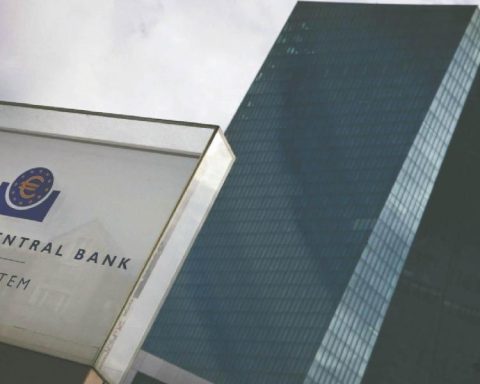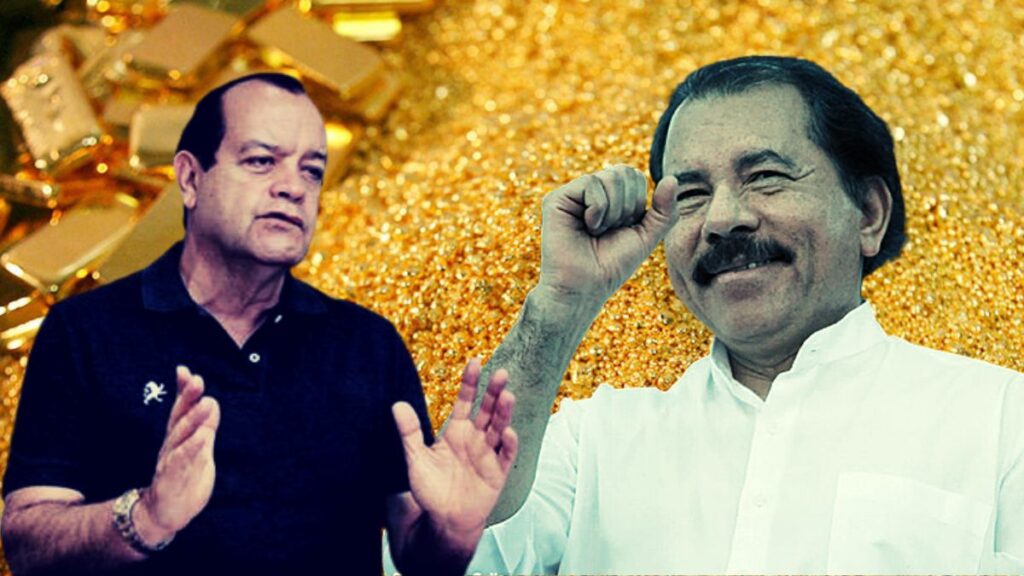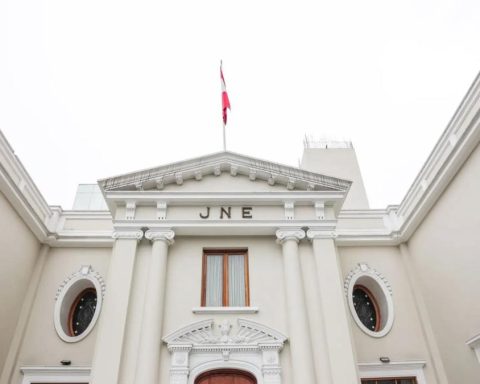AND
Last Monday I participated in the first of two days of activities of the second Transparency and Journalism Forum organized by InfoCDMX, which took place at the Memory and Tolerance Museum, and was a meeting between representatives of civil society, personalities from the field public and private, and citizens to exchange points of view about the impact of the digital age on journalism, transparency and access to information.
During my speech, I emphasized that transparency is a fundamental element in a democratic State and is also a basic tool for quality journalism. So transparency is not only an area of opportunity at the service of journalism; it is also a responsibility of those who exercise it and more so from the massive use of new information and communication technologies.
In a mostly globalized world and subject to the changes that new technologies bring about, it is a reality that for more than a decade the journalistic exercise has been undergoing a transformation in the very way of doing journalism, the way of producing and disseminating information, which It also implies the transition from the consumer of traditional media to an interactive user and creator of content in the new digital environments.
There is no doubt that journalism plays an essential role as a vehicle for the exercise of freedom of expression, especially in its social dimension, as a collective right to know the diversity of opinions and to be well informed. A renewed journalism, which collects and disseminates true and objective information, which allows and respects the free circulation of ideas; The journalistic exercise continuously promotes freedom of expression, empowering people in their rights and freedoms. And doing it through new technologies should not be the exception.
Citizens have raised their levels of demand for journalism, since they demand transparency, credibility, trust and commitment to the truth, but the truth is that we cannot ignore the conditions of insecurity that exist in some areas of the country and that make the right to information is constantly threatened.
Violence, harassment, cyber attacks, espionage and expressions of hatred towards journalists are some of the great threats that these professionals face in the digital age, in which in addition to facing the disruption of new technologies , it is evident how the same technology is used against them.
In this context, it is noteworthy that, according to the 2020 Annual Report of the Office of the Special Rapporteur for Freedom of Expression, impunity for murders and other attacks against journalists in Mexico suggest that at least 99.6 percent of these crimes have not yet been clarified. Likewise, data from the Special Prosecutor for Attention to Crimes Committed Against Freedom of Expression indicate that between 2010 and 2021, only 30 convictions have been obtained for various crimes against journalists. Unfortunately, so far this year we have had 15 journalists murdered.
On the other hand, the Supreme Court of Justice of the Nation has been particularly protective of the scope of freedom of expression and the dissemination of information on matters that generate a public interest
for society, especially, matters that have to do with the proper performance of public servants, information related to serious violations of human rights or the disclosure of acts of corruption and abuse of power, among others. An example of this is that public figures must tolerate higher levels of interference in their personality rights when there is political relevance involved. Which happens more frequently through social networks and, therefore, than ever, a higher level of public scrutiny.














